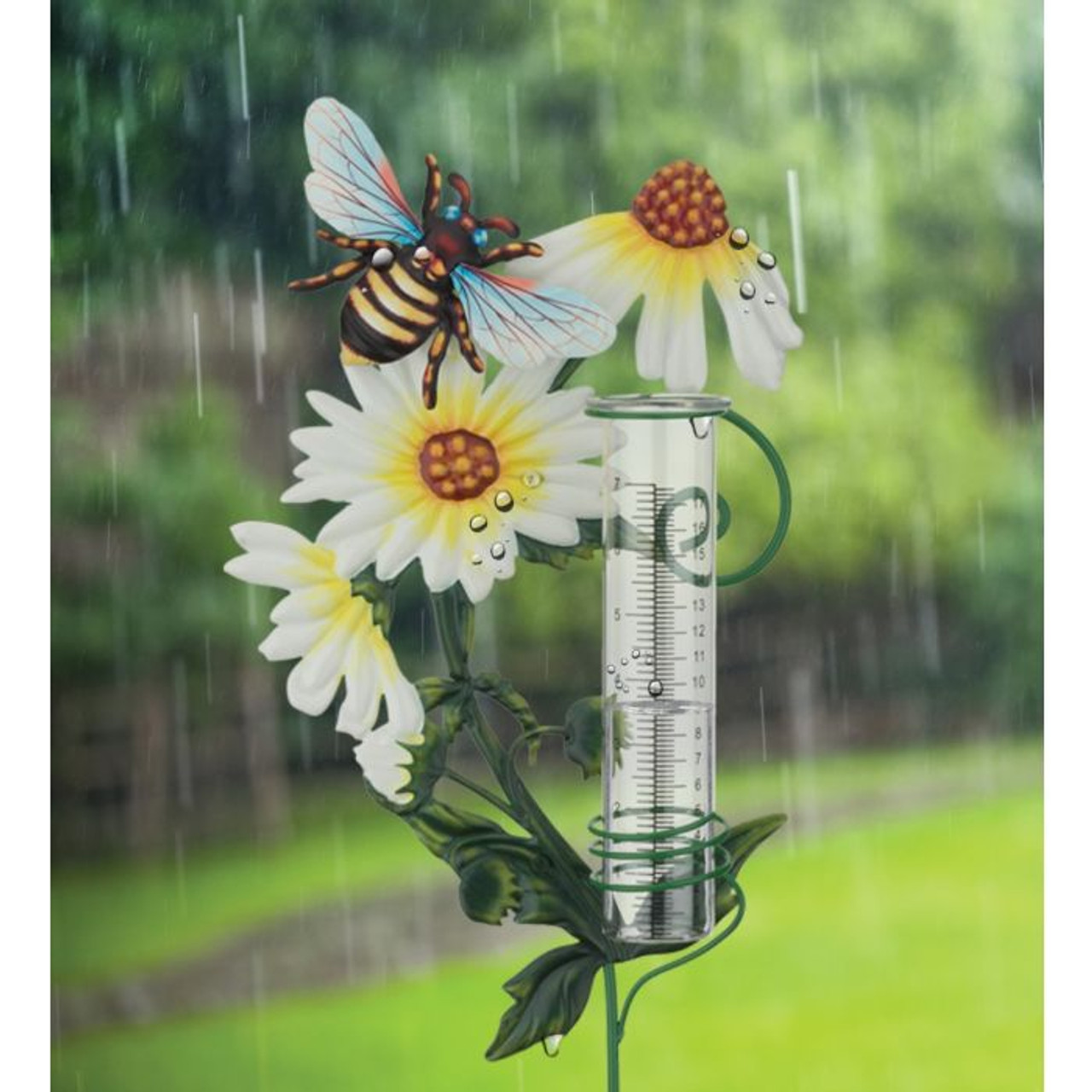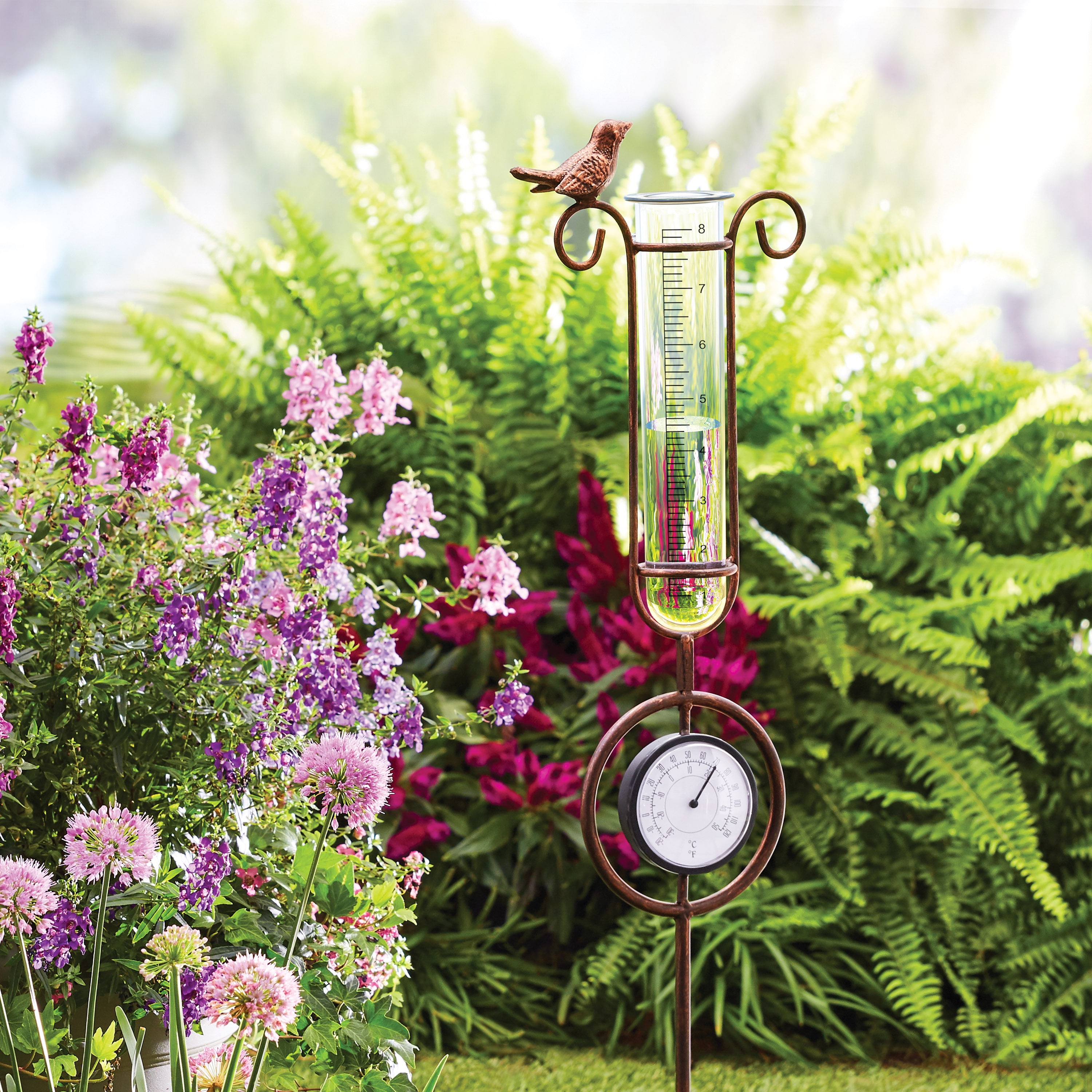The Rain Gauge: Crucial Information and Best Practices for Weather Condition Fanatics
The Rain Gauge: Crucial Information and Best Practices for Weather Condition Fanatics
Blog Article
Recognizing Rain Scale Dimensions: A Total Overview
Recognizing Rainfall Scale Dimensions: A Total Overview is a comprehensive source for anybody seeking a much deeper understanding of rainfall gauge dimensions. Rainfall is a vital variable in different industries, consisting of water, farming, and weather forecasting source management. This overview aims to provide visitors with an extensive understanding of the importance of rain scale measurements, the different types of rainfall gauges offered, and just how these dimensions are obtained and interpreted. Additionally, it discovers the variables that can affect the accuracy of rain gauge readings and uses practical ideas for getting accurate measurements. Whether you are an expert in the field or merely have an interest concerning rains dimension, this overview will furnish you with the knowledge needed to efficiently use rain scale measurements.
The Relevance of Rainfall Gauge Measurements
The significance of rainfall scale dimensions hinges on their role as an important tool for accurately examining and checking rainfall degrees - The Rain Gauge. Rainfall gauge dimensions offer important data that aids hydrologists and meteorologists recognize patterns and trends in rains, which consequently aids in numerous areas such as agriculture, water resource monitoring, and climate study

Accurate rainfall dimensions are vital for farming as they help in establishing irrigation demands, plant development, and yield predictions. Farmers count on this details to make educated choices about when to water their crops, avoiding water wastefulness and making sure optimum plant health. In addition, rains information aids in evaluating the effect of dry spells or excessive rainfall on crop production, allowing farmers to take ideal steps to lessen losses.
Water source monitoring greatly depends on rainfall gauge measurements to identify the amount of water offered in reservoirs, rivers, and lakes. Specific measurements enable water managers to make informed decisions regarding water allocation and circulation, making sure lasting use and avoiding scarcities. This information is particularly important in areas where water shortage is a pressing problem.
Moreover, rainfall scale measurements play an important function in climate study. By precisely gauging rains over extended periods, scientists can evaluate long-lasting climate patterns and identify adjustments in rainfall patterns because of climate modification. This data helps policymakers and researchers create techniques to adapt to and minimize the impacts of climate change.
Kinds Of Rainfall Gauges
There are various kinds of rain determines utilized to measure rainfall precisely. Each kind has its very own benefits and constraints, making them suitable for different purposes and settings.
One of the most common kind of rainfall scale is the basic cylindrical gauge. It contains a cylindrical container with a wide funnel-shaped top to gather rainwater (The Rain Gauge). The water is after that channelled right into a graduated determining tube, enabling specific dimension of the amount of rainfall
Another kind is the considering rain gauge. Weighing rainfall gauges are specifically useful in areas with frozen rainfall or heavy rains, as they are not influenced by splashing or evaporation.
Tipping bucket rainfall evaluates employ a device that suggestions a tiny bucket each time it gathers a particular amount of rain. The number of ideas is tape-recorded and utilized to compute the rainfall. This sort of gauge is frequently made use of in automated climate stations because of its reduced maintenance requirements and ability to supply real-time information.
Finally, there are radar-based rain evaluates that use radar modern technology to estimate rainfall. These assesses gauge the strength of rainfall in a particular location by assessing the mirrored radar signals. They are specifically beneficial for determining precipitation over large areas or in remote places.
Just How Rain Gauge Measurements Job
Rainfall scale measurements are based on the principle of accumulating and measuring the amount of precipitation. These tools are designed to capture rain and supply a precise measurement of the rainfall in a certain area.
One of the most typical type of rainfall scale is the basic round scale. Home Page It contains a round container with a vast opening at the leading to gather rainwater. The collected water is after that funneled into a determining tube, which is calibrated to give the measurement in devices of size, commonly inches or millimeters.
Another kind of rain scale is the tipping container gauge. When they reach a particular weight threshold, it utilizes a seesaw-like system with 2 containers that tip. Each suggestion of the pail represents a specific volume of rains, enabling exact measurements.
Some innovative rainfall determines are outfitted with electronic sensing units that automatically record and send data. These sensors make use of various modern technologies such as ultrasound or laser to gauge the quantity of rainfall properly.
Factors Affecting Rain Scale Precision
Environmental variables such as wind, temperature, and climatic pressure can substantially influence the precision of rainfall gauge dimensions. Changes in atmospheric pressure can also affect the precision of rain gauge dimensions, as they can alter the rate at which rains is gathered.
Functional variables, on the other hand, describe elements associated with the layout, installation, and upkeep of the rainfall gauge. The placement of the rain gauge in an area with look at this now blocked air movement or near trees or buildings can lead to unreliable readings due to clog or splattering of rains. Additionally, improper calibration or uneven upkeep of the rain scale can likewise influence its precision.
To ensure the precision of rainfall scale measurements, it is important to take into consideration these aspects and take suitable actions. This might involve picking a proper location for the rainfall gauge, ensuring appropriate installment and upkeep, and consistently adjusting the instrument. By addressing these aspects, accurate and reliable rainfall dimensions can be obtained, which are critical for various applications such as weather condition forecasting, hydrological research studies, and farming.
Tips for Precisely Gauging Rainfall
To ensure specific rainfall dimensions, it is vital to implement particular techniques and techniques when making use of a rain scale. Here are some suggestions for properly gauging rainfall:
Correct Positioning: Place the rain scale in an open location, away from trees, structures, and other obstructions that may conflict with the rains collection. It needs to be positioned on a level surface area to stay clear of water merging or drainage.

Review the Range Appropriately: When taking dimensions, checked out the water level at eye degree from all-time low of the crescent. Stay clear of parallax mistakes by straightening your view straight with the water degree.
Regular Time Interval: Establish a consistent time period for measuring rainfall, such as every 1 day or after each rains occasion. This makes certain precise tracking and contrast of rainfall data.
Document Measurements Without delay: Videotape rainfall measurements asap after collection to avoid dissipation or splilling. Utilize a rain scale with an integrated data logging feature for automatic recording.
Final Thought
In final thought, understanding rainfall gauge dimensions is vital for accurately gauging rainfall. It is important to think about elements that can impact the precision look here of rain scale measurements, such as wind, placement, and evaporation.
Understanding Rainfall Scale Measurements: A Total Overview is an extensive resource for anybody seeking a much deeper understanding of rain scale measurements. Whether you are an expert in the area or just have an inquisitiveness about rainfall dimension, this guide will certainly furnish you with the expertise required to efficiently use rain gauge measurements.
The most typical type of rain scale is the basic cylindrical scale.The most usual type of rain gauge is the typical round gauge.An additional type of rainfall gauge is the tipping container scale.
Report this page